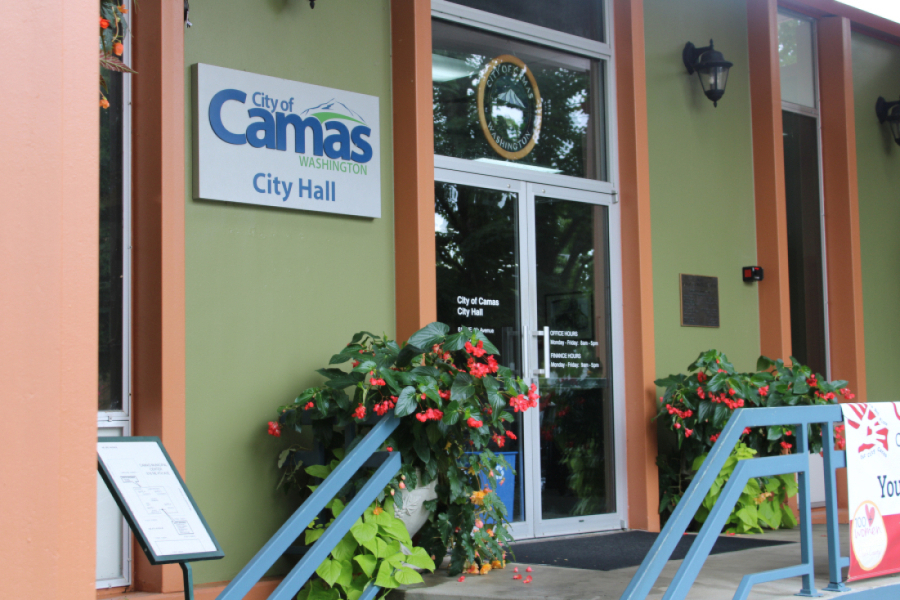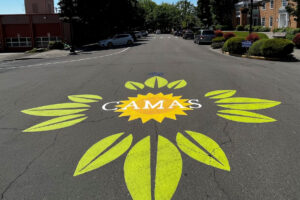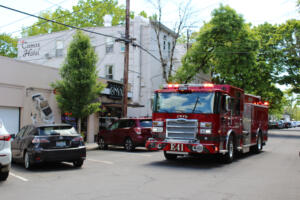Several Camas residents came before the Camas City Council last week to voice their opposition to a proposal that would build a gas station, convenience store and drive-through car wash off Northeast 13th Street near Northwest Friberg-Strunk Street in Camas.
The 0.97-acre site, which currently contains a single-family home and two outbuildings, is located adjacent to Camas Meadows Golf Club and less than a mile from Union High School and the Harmony Sports Complex.
The applicant, Taz Khan, of Camas, has proposed demolishing the existing structures to make way for the construction of a 4,100-square-foot convenience store with eight gas pumps, a drive-through car wash and 20 parking spaces.
According to documents filed with the city of Camas, the new development is expected to employ two people and generate 2,281 new vehicle trips per day, including 60 new trips during the morning rush hours of 7 to 9 a.m. and 81 new trips during the evening commute between 4 and 6 p.m.
On Tuesday, Feb. 20, during the Camas City Council’s regular meeting, eight Camas residents spoke against the proposed development, saying they were concerned the gas station would negatively impact local traffic, the environment and the health and safety of those living, playing or going to school near the site.



